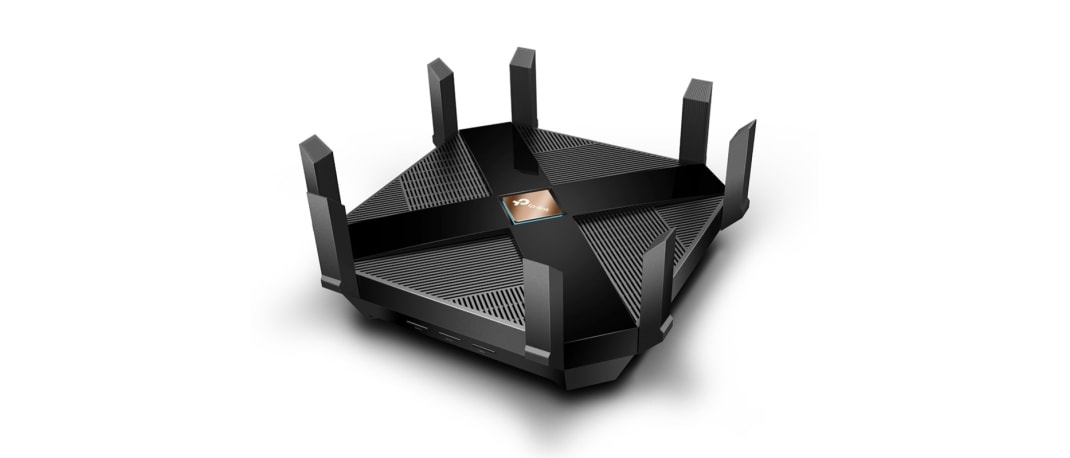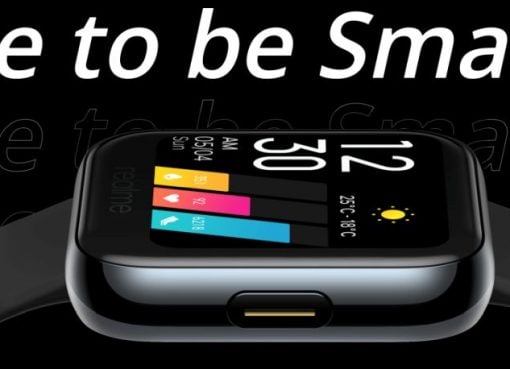We’ve seen a transition towards watching streaming content online. It wasn’t too long back that we saw online streaming services as just another means of entertainment and education. Now, we’re also seeing it replace traditional DTH services. Many households are opting out of DTH services, and into online streaming services such as Netflix, Amazon Prime, JioTV, among others. This change in mindset also comes from the easier, and affordable availability of high-speed internet service providers such as Jio among others.
With high-speed internet lines connecting to our homes, the infrastructure at home needs upgrades to keep up. After all, what point is it having 100 and 1000Mbps connections if the router we use at home limits us to 150Mbps or less. The wireless standard, Wi-Fi 802.11ac sounds like a mouthful but it’s gotten us closer to the gigabit speeds we have always dreamt of. The recently rebranding Wi-Fi 5 (802.11ac) does a decent job, but there is already an upgrade on the horizon you should be aware of. It’s called Wi-Fi 6 or if you’re tech-savvy, 802.11ax.
What Is Wi-Fi 6?
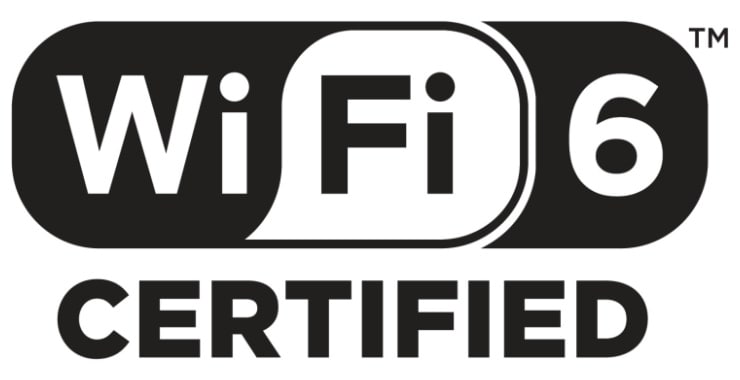
Before Wi-Fi 6 was Wi-Fi 5 (802.11ac), another popular wireless networking standard with speeds starting from around 750Mbps. Routers and devices based on Wi-Fi technology products are upgraded every few years. Wi-Fi 5 is still prominent, but hardware manufacturers have now started introducing Wi-Fi 6 products ever since the certification process went live last year. We are noticing new routers, smart devices, phones, laptops and TVs based on them. The technical nomenclature for Wi-Fi 6 is 802.11ax. As with previous technologies, both, the router and the devices need to run Wi-Fi 6 hardware to be able to achieve the speeds Wi-Fi 6 claims to offer.
Why is it called Wi-Fi 6, not 802.11ax?
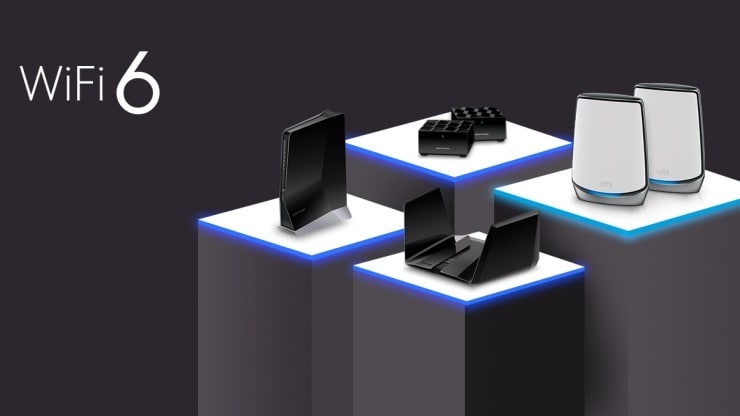
It’s called both those terms, but the Wi-Fi Alliance responsible for defining new standards rebranded Wi-Fi standards into terms that are easy for us consumers to keep track of. Wi-Fi 6 is a result of that decision, and it’s a much simpler term to recall. Similarly, older technologies such as 802.11ac have been renamed to Wi-Fi 5, while 802.11n is also known as Wi-Fi 4.
Why should you care about Wi-Fi 6?
Most new devices are built around Wi-Fi 6 as Wi-Fi 5 slowly getting phased out. The newer technology has already started rolling out in higher-end routers and many premium laptops already come built with Wi-Fi 6. There is no doubt it’s the technology of the future, but there are other benefits. The biggest advantage by far is the much faster wireless speeds. Other benefits may include lower network congestion and reduced latency. Brands claim that the new technology should prepare devices to stream 8K content and other high-bandwidth applications. Real-time applications such as video calling should also benefit from the improvements.
How is Wi-Fi 6 better and faster?
There are a lot of tech jargon and techniques that make this possible. We attempt to explain them in a simple manner. One of them is called OFDMA (Orthogonal Frequency Division Multiple Access). OFDMA lets multiple-user transmission of data upstream and downstream, allowing better efficiency and performance, something older technologies lacked. The newer technology allows many more subcarriers or segmentations. The last prominent standard Wi-Fi 5 (802.11ac) allowed up 234 data tones, while Wi-Fi (802.11ax) supports 980 data tones. So in simpler terms, under specific configurations, it allows up to 4.8Gbps speeds just within the 5GHz frequency band. Combined with the 2.4GHz bands, it can be even higher.
Multi-user-MIMO helps too
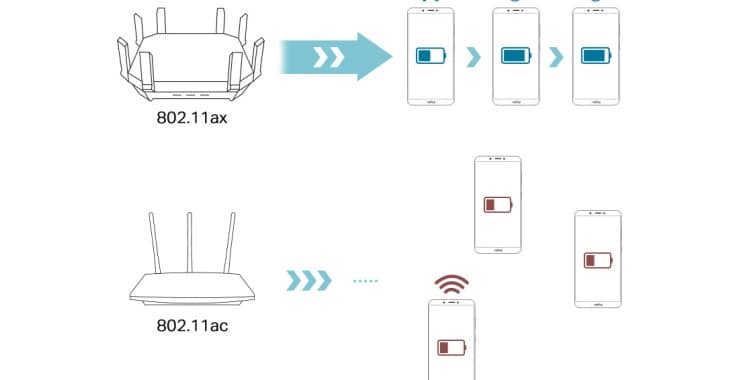
The other enhancements have been to the multiple-input, multiple-out set of features which lets the device use different terminals to both, broadcast and receive data which significantly improves performance. This was a feature present in the Wi-Fi 5 but it was limited to a 4×4 setup. With Wi-Fi 6, the scale has been increased to 8×8. The 160MHz channels with the number of streams of data being transmitted make the Wi-Fi 6 technology multiple times superior to outgoing technologies.
Target Wake Time offers improved efficiency
One of the parameters to see massive improvements is something called Target Wake Time. This is particularly great news for low power devices as they help in improving battery life of devices such as smartphones, tablets, etc. Another beneficiary is low-power IoT (Internet of Things) devices that are always online and connected to the internet. It works by letting the base station determine and schedule sleep and wake-up times, so products aren’t constantly consuming power while waiting for data transfer to take place. These events happen ever so often and without the user ever noticing. They are an efficient way of operating and the benefits are excellent better life.
1024-QAM and improved beam-forming
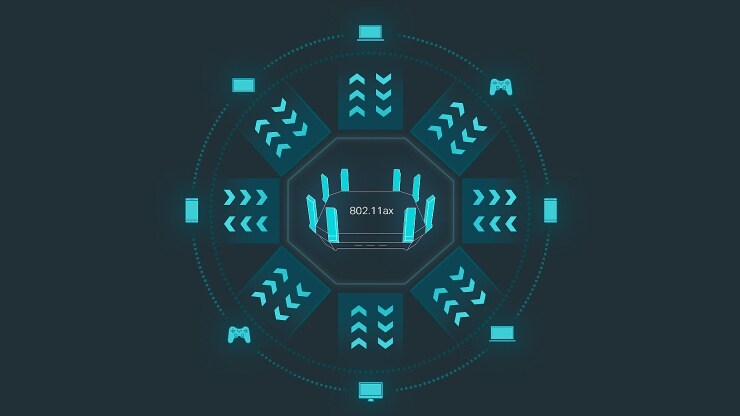
Another complicated sounding term that is native to Wi-Fi 6 is 1024-QAM. The older Wi-Fi 5 standard used 256-QAM. The increase number denotes the superior compression, which lets more data to be squeezed into a single packet transmitted. It’s estimated to allow 25 per cent more bandwidth in a single channel. One of the other features from the older Wi-Fi 5 technology still present in Wi-Fi 6 is beamforming, which allows the router or device to adjust the performance to offer better signal strength and range to specific devices based on their direction.
Wi-Fi 6 certified devices are already rolling out
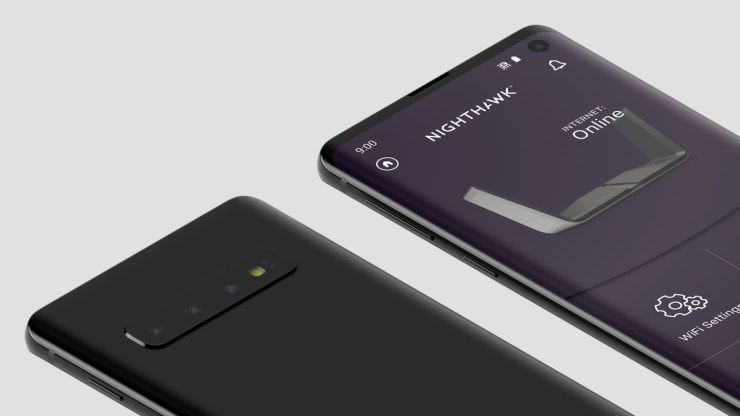
Early and developing Wi-Fi standards are marked as drafts, and they get certified as these standards are finalised. Every device that is sold as Wi-Fi 6 conforms to these standards and you can find them by the branding logos in the devices we use. That move happened only recently for Wi-Fi 6 and products based on the new spec have just started showing up on shelves around the world. 2020 should see many more devices launches. Routers aren’t the only products to expect. We’ve already seen devices appear in the market that use the new Wi-Fi 6 standard. Some of these include the new OnePlus 8 series smartphones, the Samsung Note 20 as well as the massively impressive ASUS ZenBook Duo and Duo Pro laptops.
If you are using a Wi-Fi 5 router, you don’t have to rush to buy a Wi-Fi 6 (802.11ax) router since older devices may not offer you the benefits of Wi-Fi 6. If you’re deciding on sometime next year, you’ll want to take a serious look at the options. In the meantime, the ecosystem will only mature with many more products based on the new technology will be made available. You can be sure to find them on RelianceDigital.in when the transition happens.
